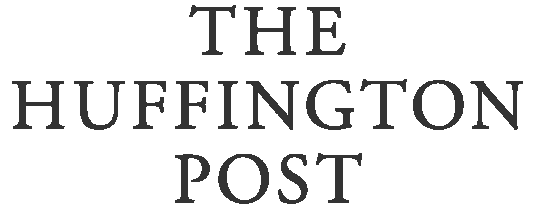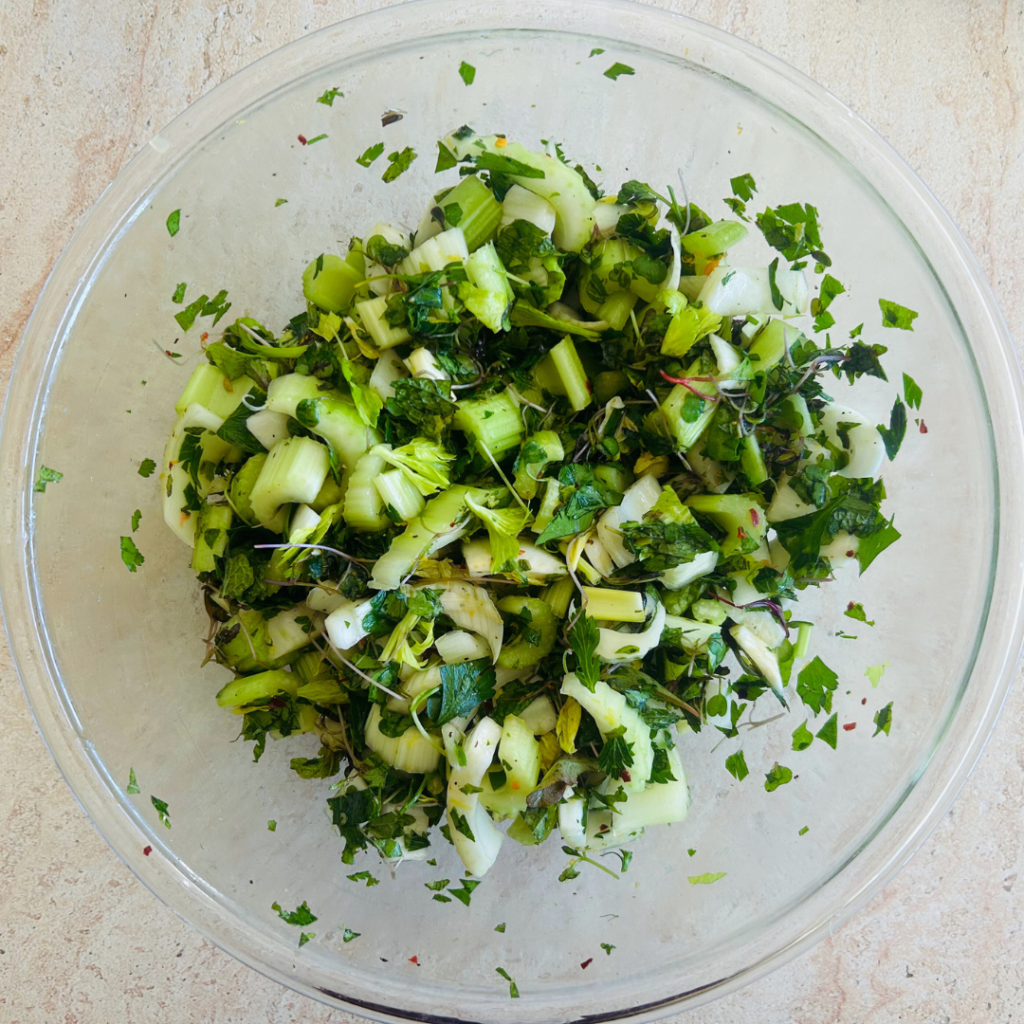 A Refreshing, Keto-Friendly Salad Bursting with Fresh Herbs and Citrus Vibes
A Refreshing, Keto-Friendly Salad Bursting with Fresh Herbs and Citrus Vibes
Feeling heavy, stagnant, or just off? This isn’t just a salad—it’s a reset button.
Celery hydrates and gently cleanses with essential minerals like potassium and magnesium. Parsley brings vitamins A, C, and K, plus iron and folate to support immunity, bones, and red blood cells. Mint cools and soothes, helping digestion by easing bloating and relaxing the gut. Fennel offers natural prebiotics, nourishing beneficial bacteria. Avocado’s healthy fats make sure your body absorbs all the nutrients in this bowl. Microgreens, tiny but powerful, deliver concentrated vitamins and antioxidants. Citrus brightens and supports natural alkalinity, keeping your body’s pH balanced for optimal enzyme function. Aleppo pepper adds warmth and boosts circulation. This salad isn’t just fuel—it’s a fresh start. Nature knows. Your body responds.
Ingredients:
For the Salad:
- 6-8 celery stalks, thinly sliced on a bias
- 1 cup fresh parsley leaves
- 1 cup fresh mint leaves
- 1 small fennel bulb, thinly sliced (optional)
- 1 medium avocado, diced
- 1 cup microgreens (like pea shoots or radish sprouts)
- 1/2 teaspoon Aleppo pepper (or a pinch of red pepper flakes)
For the Citrus Dressing:
- Zest and juice of 1 lemon
- Zest and juice of 1/2 orange
- 1 tablespoon extra-virgin olive oil
- 1 tablespoon white wine vinegar
- 1 teaspoon monk fruit sweetener (or your preferred keto-friendly sweetener)
- Sea salt and freshly cracked black pepper, to taste
Instructions:
- Build the Salad: Combine celery, parsley, mint, fennel, avocado, and microgreens in a large bowl.
- Make the Dressing: Whisk together citrus zest and juices, olive oil, vinegar, sweetener, salt, and pepper until smooth.
- Bring It Together: Pour the dressing over the salad and toss gently. Sprinkle with Aleppo pepper for a bit of warmth.
- Serve Right Away: Freshness is the key. Enjoy it immediately for the best crunch and flavor.
Tips for the Perfect Salad:
- If you prefer a bit of extra crunch, add a few toasted seeds like sunflower or hemp seeds (keeping it keto-friendly).
- Pair this salad with grilled chicken or shrimp for a complete meal.
- For more vibrant color, garnish with additional citrus zest just before serving.
Enjoy the Freshness!
This isn’t just about eating well—it’s about feeling good. Whether you make this salad as a light lunch or a vibrant side, it’s a simple way to reconnect with Nature, all it provides, and what your body truly needs. If you try it, I’d love to hear—did it feel like a reset?
 Overconsumption is a quiet thief. It often goes unnoticed because so many of us do it. It blends into the background noise of our lives—something normal, yet it quietly erodes our clarity and weakens our inner strength.
Overconsumption is a quiet thief. It often goes unnoticed because so many of us do it. It blends into the background noise of our lives—something normal, yet it quietly erodes our clarity and weakens our inner strength.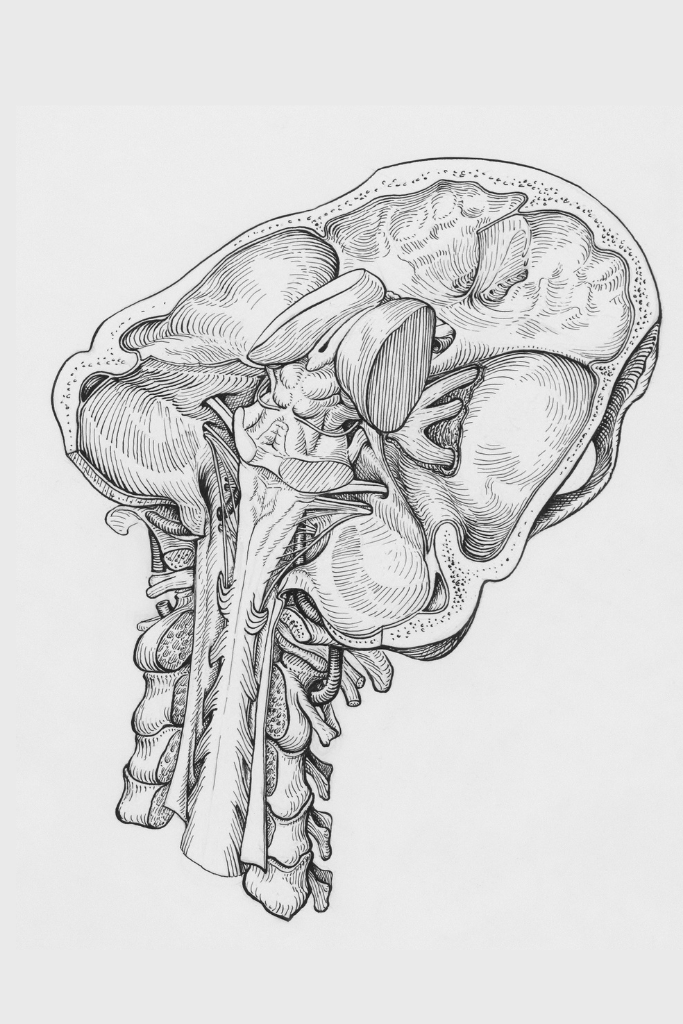 What if the only thing standing between you and what you most want is the story you keep telling yourself?
What if the only thing standing between you and what you most want is the story you keep telling yourself?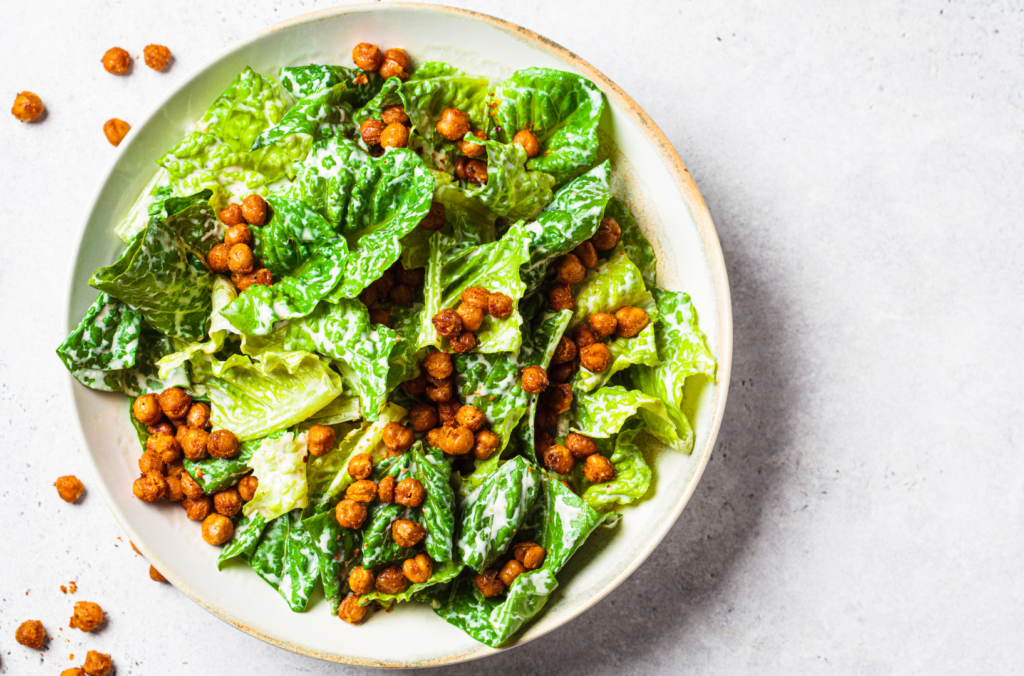 Gluten-free, dairy-free, packed with crunch, flavor, and bold flavor.
Gluten-free, dairy-free, packed with crunch, flavor, and bold flavor. Something Feels Off. You Just Can’t Put Your Finger on It.
Something Feels Off. You Just Can’t Put Your Finger on It. Sickness isn’t just an interruption. It’s an invitation—a moment when your body, wiser than your willpower, asks you to stop and listen.
Sickness isn’t just an interruption. It’s an invitation—a moment when your body, wiser than your willpower, asks you to stop and listen. Chronic illness doesn’t start when symptoms appear—it starts years earlier.
Chronic illness doesn’t start when symptoms appear—it starts years earlier.
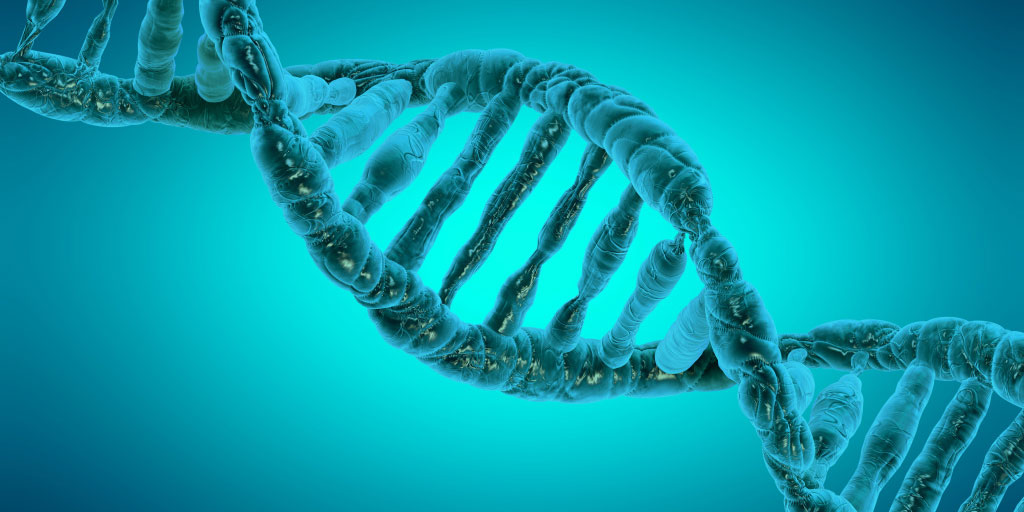 Imagine your body as a startup. The MTHFR gene—Methylenetetrahydrofolate Reductase—is your chief detox officer, and it plays a critical role in keeping the entire operation running smoothly.
Imagine your body as a startup. The MTHFR gene—Methylenetetrahydrofolate Reductase—is your chief detox officer, and it plays a critical role in keeping the entire operation running smoothly. Two twins. Same DNA. Same start.
Two twins. Same DNA. Same start.
